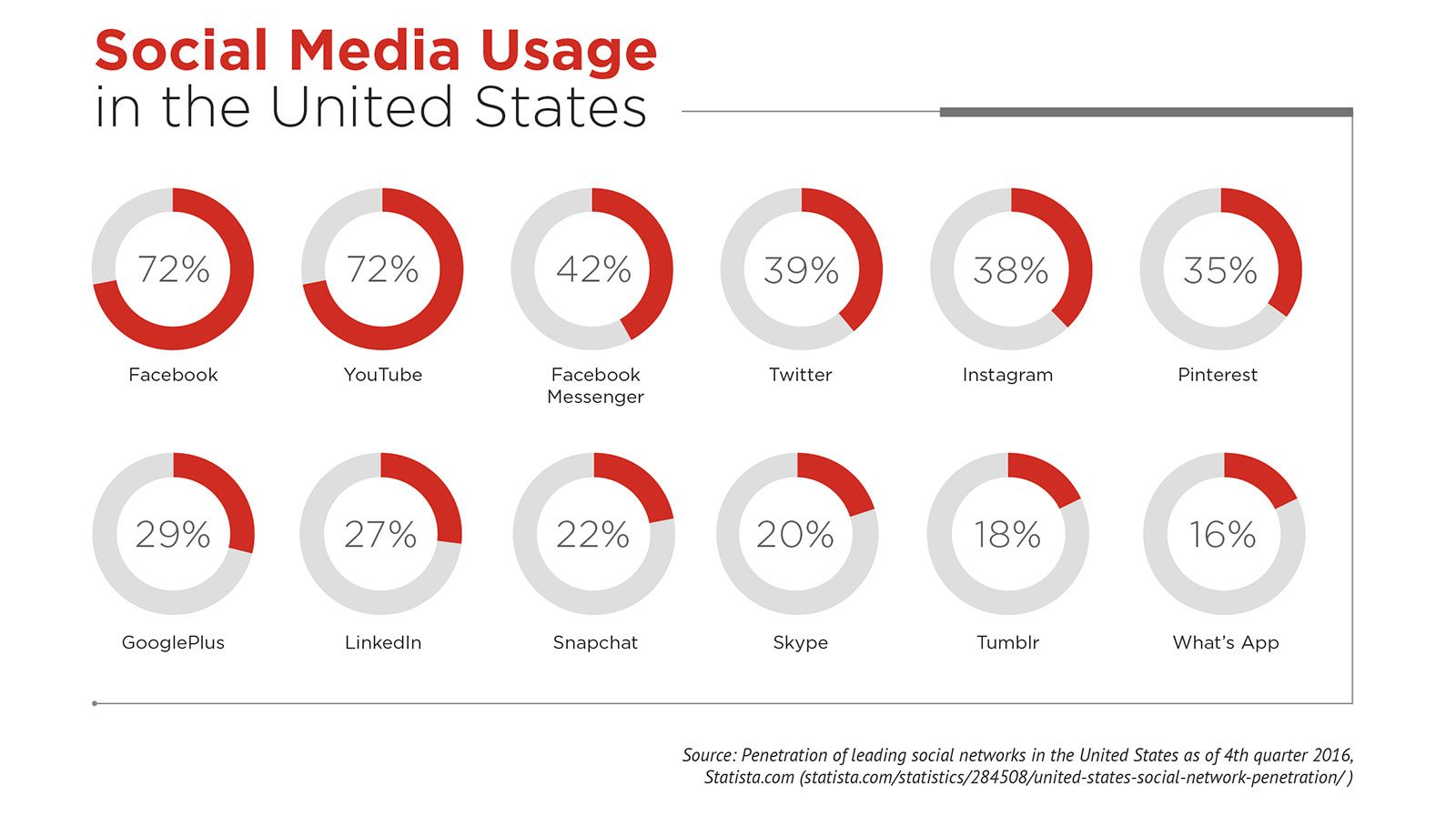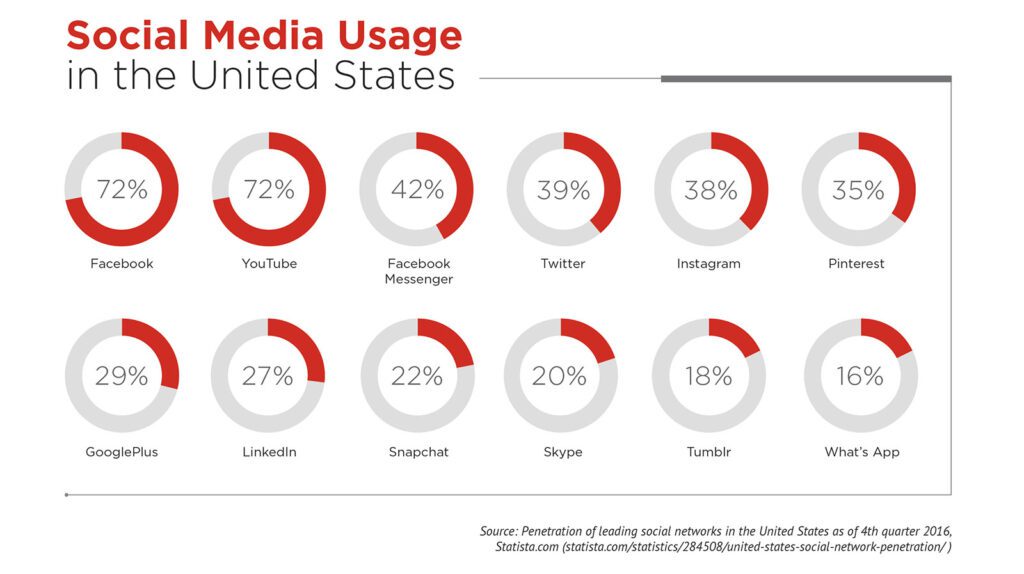Today’s consumers tap into a wide variety of technologies to help them select a dining experience. From basic web searches to social media channels to targeted online ads, emails and text messages, consumers are looking for a sense of who and what a restaurant is before they decide to patronize it. That’s why it’s essential for operators to maintain their online presence as diligently as they do their menu.
The volume and complexity of digital technologies make that a challenge. How do you find the time to manage all the components that make up what is now being called your “online presence”—including web design, search engine optimization, marketing and social media—amidst all your other daily duties?
The answer may be to rely on an online management platform. Long employed by marketing-focused foodservice chains and other large organizations, these platforms are now affordable and accessible to independent operators via third-party vendors. Ask your Sales Representative for a referral.
These platforms take the form of a “dashboard”—a user interface that organizes and presents information in a way that is easy to read and understand, similar to an automobile’s dashboard. The dashboard gives you the ability to manage multiple digital tools in a timely, consistent and efficient manner. They customize the online experience for consumers to enhance your brand reputation in an environment where impressions are drawn quickly and remotely from the actual dining experience.
Dashboards are also customizable to your unique needs. You choose the level of online presence you want to maintain. Independent operators may want to focus on just a couple of key areas to minimize their time and mindshare commitment while still ensuring a meaningful digital experience for guests.
Speaking with one voice
Dashboards typically allow you to manage online listings, online reputation and social media messaging. They aggregate varied digital touchpoints–like Facebook, Instagram and Snapchat—enabling you to “speak with one voice” across multiple channels.
The best systems prompt appropriate messaging and provide marketing calendars to support a proactive planning approach. You can plan and schedule posts and messages in advance, and the system will deliver them at the time of your choosing.
Measuring engagement
Another key benefit of online presence platforms is that they give you marketing analytics regarding guest engagement at each digital touchpoint. This backend reporting on channel use and impact helps you make decisions to evolve your digital footprint. It’s all about ROI and maximizing each marketing channel to the greatest possible success.
Outsourcing social platforms
Operators may consider outsourcing their entire online presence to organizations such as local marketing companies. These vendors will likely also use an online presence platform to manage your account—and they will rely on your input to define and direct your messages.
If you are considering outsourcing, these questions will help you evaluate vendors:
- How will my brand be managed over time?
- What are the initial and ongoing costs of this service?
- Who in my organization will own the communication and management of this relationship?
- How does this company maintain focus equally across all clients?
- How will I evaluate the return on investment of this relationship?

Getting started
If you decide to go the self-serve route, your first step is to evaluate your current digital solutions and determine how much time and resources you spend on them. You should also analyze your digital performance in terms of message consistency, issue resolution and marketing, to confirm whether a dashboard platform would indeed add incremental value.
The next step is to document the opportunities you may currently be missing that a platform could support. Evaluate platforms in terms of the vendor questions above and these additional queries:
- Am I maximizing my marketing efforts today?
- Do I have real-time analytics on my marketing performance?
- How much time/energy is my team expending to stay on top of our social media?
Whether or not you decide to implement an online presence management platform, you must meet the baseline expectations consumers have for a restaurant’s digital footprint. Make sure you have the right solution, people and plan to attract, maintain and grow new guest interactions in a seamless, easy-to-use digital environment.
Find the right dashboard
Your Sales Representative can refer you to a third-party vendor who can help determine if a digital dashboard is right for your operation.




























